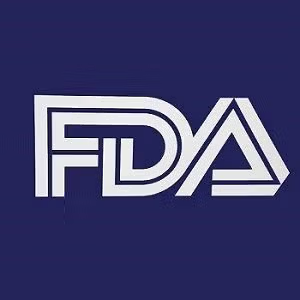Commentary
Video
Exploring Noninvasive Brain Stimulation for Neurorehabilitation: Roy H. Hamilton, MD, MS, FAAN
The professor of neurology at the University of Pennsylvania Perelman School of Medicine discussed the current research landscape, clinical challenges, and future directions for noninvasive neuromodulation techniques in neurorehabilitation. [WATCH TIME: 4 minutes]
WATCH TIME: 4 minutes
“I think it's very important for neurologists and for neuroscientists to work together to develop and build the scientific basis that’s going to result in the studies and evidentiary foundation that will lead to the approval of these therapies.”
Studies show that stroke remains a leading cause of death and long-term disability, often resulting in cerebral hypoxia because of the sudden rupture or blockage of brain vessels. Rehabilitation could play a critical role in helping patients recover from post stroke complications such as hemiparesis, aphasia, dysphagia, cognitive impairment, depression, and unilateral neglect. Among emerging rehabilitation tools, noninvasive brain stimulation (NIBS) has gained popularity for its ability to modulate brain activity by targeting the cerebral cortex and adjusting neuronal excitability.1
Techniques like repetitive transcranial magnetic stimulation (rTMS) and transcranial direct current stimulation (tDCS) have shown promising clinical outcomes. However, their use is still constrained by the lack of standardized protocols, with current research varying widely in stimulation parameters.1 Advances in imaging and neuronavigation technologies now allow for more precise targeting of brain regions, enabling a shift from single-site stimulation to multi-site and network-level approaches, informed by a growing understanding of neural circuitry in post-stroke recovery.
At the 2025 American Academy of Neurology (AAN) Annual Meeting, held April 5-9, in San Diego, California, Roy H. Hamilton, MD, MS, FAAN, professor of neurology at the University of Pennsylvania Perelman School of Medicine, presented a lecture that highlighted the promise and challenges of noninvasive neuromodulation techniques such as rTMS and tDCS in treating neurologic deficit.2 Following the lecture, Hamilton sat down with NeurologyLive® to emphasize the need for a stronger scientific foundation to guide their use, noting the importance of understanding both the underlying cognitive systems and the stimulation parameters to optimize patient outcomes.
Click here for more coverage of AAN 2025.
REFERENCES
1. Li KP, Wu JJ, Zhou ZL, et al. Noninvasive Brain Stimulation for Neurorehabilitation in Post-Stroke Patients. Brain Sci. 2023;13(3):451. Published 2023 Mar 6. doi:10.3390/brainsci13030451
2. Hamilton RH. Houston Merritt Lecture: Rewiring the Mind: Noninvasive Brain Stimulation Approaches to Translational Neurorehabilitation. Presented at: 2025 AAN Annual Meeting; April 5-9; San Diego, CA. PL3 - Presidential Plenary Session.
Editor’s Note: Hamilton has disclosed that he has received personal compensation for serving on a Scientific Advisory or Data Safety Monitoring board for Highland Instruments, serving as an officer or member of the Board of Directors for McKnight Brain Research Foundation, and serving as an Editor, Associate Editor, or Editorial Advisory Board Member for Neurology (Journal). The institution of Hamilton has received research support from NIH, Department of Defense, and Chan Zuckerberg Initiative.


























